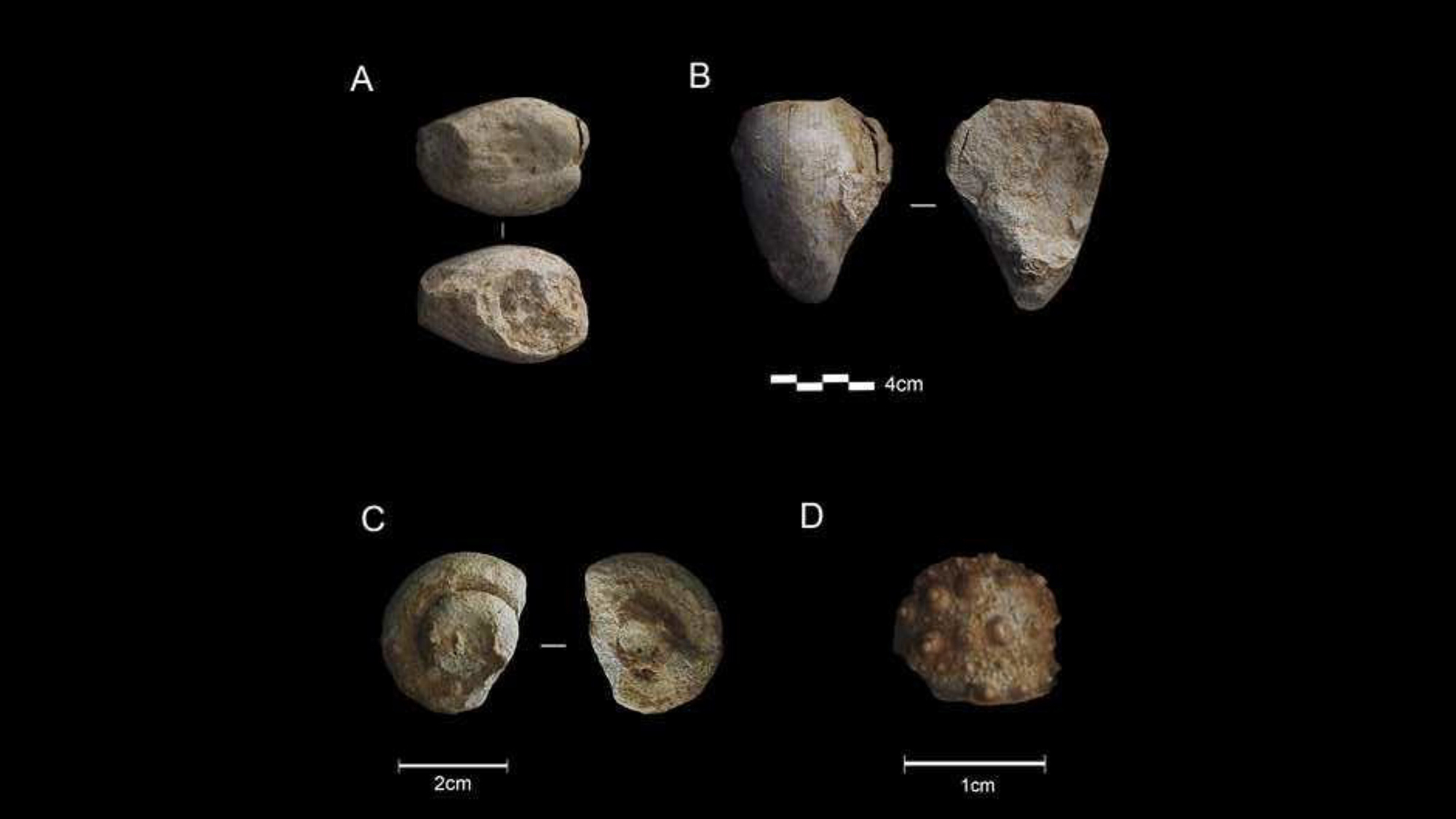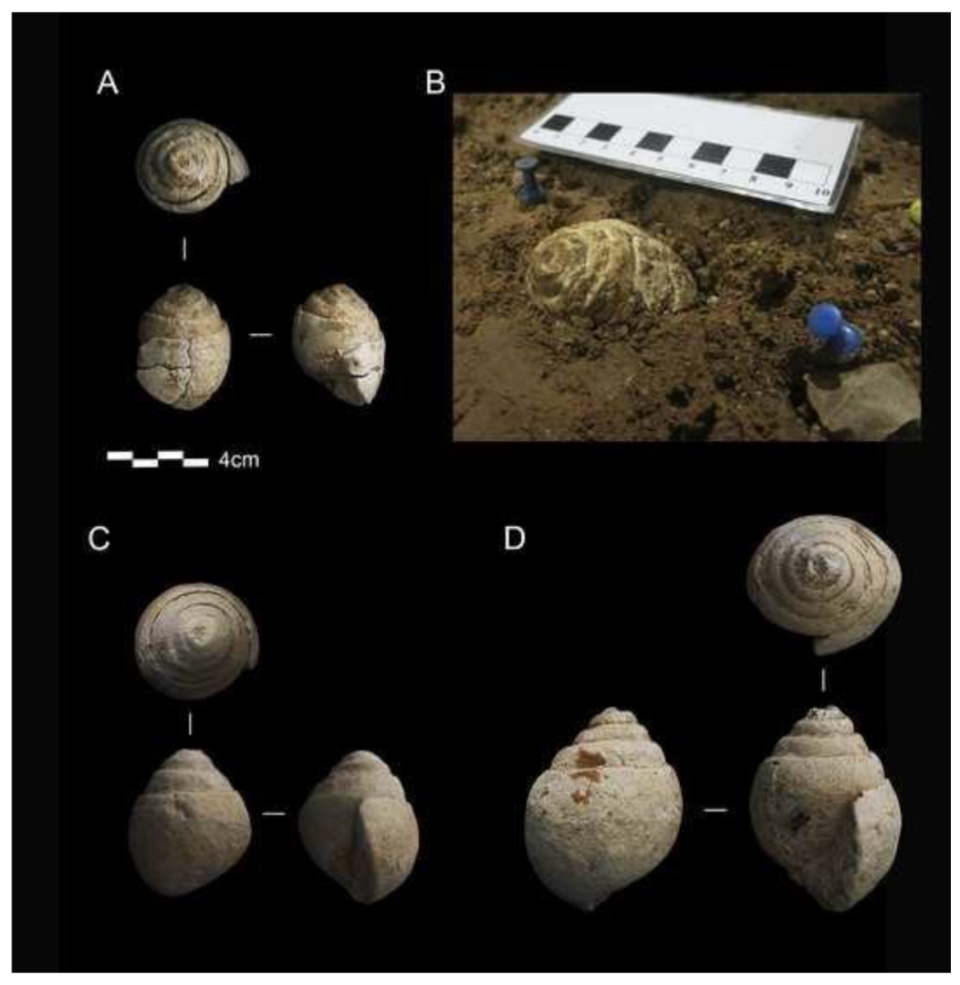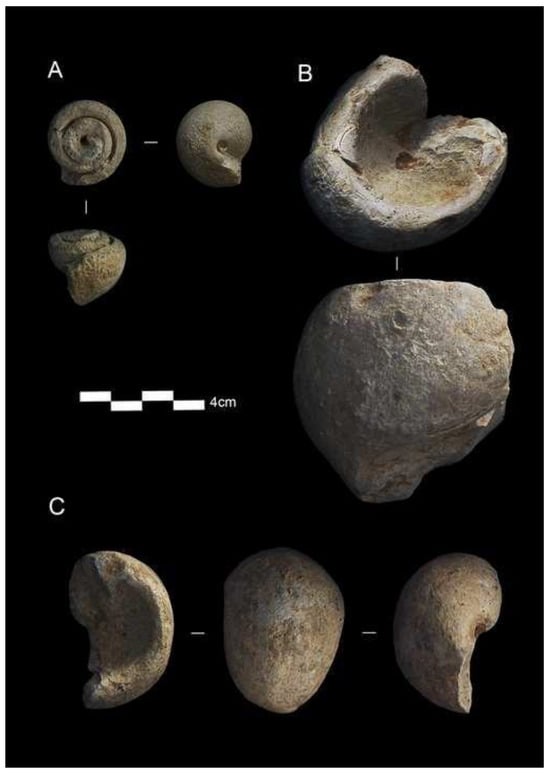A groundbreaking discovery in northern Spain has revealed a surprising and previously overlooked aspect of Neanderthal behavior: children may have engaged in a hobby of collecting fossils, much like modern children collect seashells, rocks, or stickers. This discovery challenges long-held assumptions about Neanderthals’ cognitive and emotional capacities, offering new insights into their intellectual and cultural lives.
The Discovery: Fossils in Prado Vargas Cave
In the Prado Vargas Cave, located in northern Spain, researchers uncovered 15 marine fossils, dated between 39,800 and 54,600 years ago. These fossils, which appear to have been deliberately gathered, were found in a region where no Homo sapiens presence is believed to have existed, suggesting that these collections were unique to Neanderthals. The fossils include marine organisms that were likely collected from the nearby shores, hinting that Neanderthal children might have had a fascination with the natural world, similar to how children today are drawn to collect objects from nature.

A Fascinating Parallels with Human Behavior
The idea that Neanderthal children may have engaged in fossil collecting is particularly intriguing because it mirrors a behavior that is often associated with modern humans. Children are naturally curious, and many delight in collecting objects that seem insignificant to adults but are treasures to their youthful eyes. This shared behavior suggests that Neanderthals, like us, possessed a certain level of curiosity and a deep interest in their environment.

While the specific purpose of these fossil collections remains unknown, it is possible that they held symbolic significance or were simply objects of fascination. The act of collecting itself implies that Neanderthals engaged in abstract thinking and made decisions based on aesthetic or emotional value. This idea challenges the old notion that Neanderthals lacked the ability for complex thought or cultural practices.
Advanced Cognition: Neanderthals as Creative Thinkers
The collection of fossils by Neanderthal children is just one piece of evidence suggesting that Neanderthals were far more cognitively advanced than previously believed. Other discoveries, such as their use of tools, creation of art, care for the elderly and sick, and potential spiritual practices, all indicate that Neanderthals had rich intellectual and emotional lives.

The fossil collecting behavior speaks to the cognitive abilities of Neanderthal children, who may have had the ability to recognize patterns, categorize objects, and derive meaning from their environment. Such behaviors are foundational to creativity, social interaction, and culture. Moreover, this discovery underscores how Neanderthals were not simply primitive creatures but were capable of behaviors that are often considered distinctly human.
Cultural Implications: A New Understanding of Neanderthals
This discovery provides us with a new perspective on Neanderthal life. By challenging the long-standing stereotype of Neanderthals as brutish and lacking in cognitive sophistication, it invites us to reconsider their role in early human evolution. The idea that Neanderthals engaged in activities like fossil collecting suggests they were more similar to modern humans than we once thought.
It also highlights the importance of curiosity and creativity in human development. The practice of collecting, whether for aesthetic pleasure or symbolic reasons, shows that Neanderthals might have had a deeper connection to the natural world. This behavioral trait, shared with modern humans, provides a fascinating window into the emotional and intellectual lives of our ancient relatives.
Conclusion: The Shared Traits of Neanderthals and Humans
In conclusion, the discovery of fossil collecting among Neanderthal children is a significant finding that not only expands our understanding of their cognitive abilities but also brings us closer to understanding the complex and multifaceted nature of early human evolution. The parallels between Neanderthal behavior and modern human behavior are increasingly evident, suggesting that our ancient ancestors were capable of creativity, curiosity, and social behaviors that were once thought to be uniquely human. Neanderthals, it seems, were not so different from us after all.

